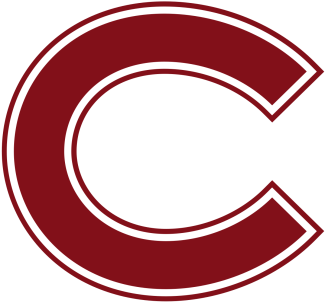04:00 PM
Apr 29



04:00 PM
Apr 29


07:00 PM
Apr 29


07:00 PM
Apr 29


07:30 PM
Apr 29


© 2025 USA Lacrosse. All Rights Reserved.
This article, as told to Matt DaSilva, appears in the April edition of US Lacrosse Magazine, which includes a special 12-page section featuring faces and voices of the black lacrosse community. Don’t get the mag? Join US Lacrosse today to start your subscription.
At the basis is your support system. I had an extremely solid support system. That starts at home with my mom, my dad and my brother. When you’re coming into a sport and you are the minority or the only one, it can be daunting. But that’s life, especially as a minority person. That’s waking up every day.
I went to a predominantly white high school, college, so sport — why would I expect that to be any different? But that support system has to be solid day in and day out. I was part of a terrific program at Northwestern. I had a great experience and a leader in Kelly [Amonte Hiller], who saw me as more than just an athlete or a black kid that can run. Sometimes that’s all people want to equate me to and belittle the accomplishments I had throughout my career in lacrosse. But she saw me as something bigger and as a dominant lacrosse player. She really instilled that in me throughout all my four years, that when I step on the field, I’m going to dominate.
As a minority child, sometimes you have to work twice as hard to get half the recognition. That’s the hard reality. I had an extra chip on my shoulder when I went out and played any sport. Yes, I’m mad athletic, but I’m very good at this sport as well.
It’s super important, especially for young minority girls, to see someone thrive. For me, that was Cherie Greer. When I first started playing and hearing about her, it was like, “Whoa, this is sick!” She played at such a high level. I never thought by me playing and doing what I love that it inspired someone.
On my club team is where I have my most diverse group of girls. I like the fact that they’re starting younger. My fifth- and sixth-graders, you see all different races and all different types of girls. Those programs are really paying off, getting sticks in their hands early and getting them excited about the sport.
You have to have diversity or people of color at the table. How many people at a meeting or on the board of US Lacrosse are really trying to bring this outreach into diversity, but you have no idea about the experience or how to tap into that? You’re just kind of guessing. It starts at the table .You need to diversify the voices who are making these decisions.
Getting into different inner cities and hands on stick is great, but you also need to start at an early age and kids need to see what this sport can become. It has this rep of a very waspy, white sport. Seeing a few more dominant people of color, they will be like, “Oh, cool. I want to try that.”
And having that support at home, it’s really important that it starts there. Because a lot of times, the people around them are like, “What’s that? Why do you want to play that?” And they’re going to play a more traditional sport. It really starts with that nucleus, because you don’t understand that experience or that identity, and you need to have somebody at the table who does.
I never did what everyone else was doing — the status quo or what was in common — in any aspect of life. Many people were laughing at the fact that I was going to a D-I school for lacrosse, coming from Texas.
I heard it all.
“They’re not looking for athletic people.”
“You’re going to ride the bench all four years.”
“You’re lucky if you get X, Y, Z minutes.”
But at the end of the day, I have an unwavering belief in myself.
